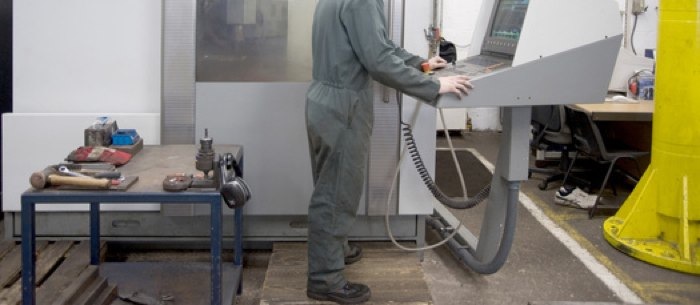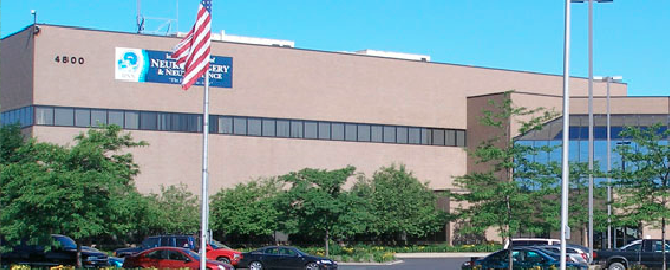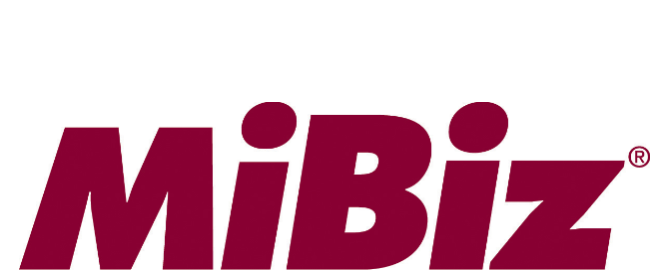FLINT, Michigan — A Flint company that helps local businesses qualify for government stimulus money is doing so well that it plans to hire about 100 employees in the next year.
Growth Management Group managing partner Ryan Maddock said the company, at G-3490 Miller Road, directs businesses to stimulus act provisions that have secured an average of $200,000 for establishments in Genesee County.
Rowe Professional Services Company is one company that has benefitted. Rowe Controller Douglas Kline said his company claimed tax breaks on its building, at 540 S. Saginaw St., provided through a cost segregation plan that “takes this big monster of a building and breaks it down into components.”
Depreciation on the building has been calculated and the company receives lower tax bills for years to come, Kline said. He could not provide specific figures on tax breaks for the $23 million project, calling the breaks “beneficial.”
Growth Management Group also found tax breaks during a research and development study for Rowe. Kline said tax law changes in 2009 allowed the company to refile its tax returns for 2006, 2007, 2008 and 2009, and it will do so for the 2010 tax year for some “very significant tax credits” on federal income tax returns.
The management group has worked “hand-in-hand” with Rowe’s accounting firm, and Kline said the business has been “really pleased with the results.”
Maddock said several of the breaks come through three main stimulus plans, including the Hiring Incentives to Restore Employment Act, which allows an employer to take a tax credit of up to $1,000 per worker hired between Feb. 3, 2010, and Jan. 1, 2011. The act also offers up to $250,000 for small businesses to write off equipment investments.
The Small Business Jobs Act has allowed more than 1 million companies to receive stimulus money, the biggest stimulus expansion since 1981, said Maddock, who pointed out that a stimulus act of some kind has been done every year in Michigan and nationwide since the early 1980s.
The SBJA, providing eight tax cuts and $30 billion in small-business lending, applies only to businesses that have $50 million or less in annual sales. Companies can apply for funds retroactively back to 2007.
A commercial property owner’s benefit is open to anyone who purchases a commercial property for $650,000 or up, or has done at least $250,000 in renovations within the past 20 years.
Lawrence Moon Funeral homes, with locations in Saginaw, Flint and Pontiac, has received such money. One of the misconceptions people have about the money, Maddock said, is that the benefits come “with a lot of strings attached.”
Business is going so well for Growth Management Group that it will move to the former Diplomat Pharmacy headquarters at the corner of Corunna and Elms roads in the next 45 days, Maddock said.
He said he hopes to add more than 100 Flint-area employees at the new location in the next 12 months, with positions in sales, customer service, law and engineering. Pay will range by position and experience.
Growth Management Group does charge for its services, between 10 and 33 percent of the benefit garnered. And while the funding is referred to as stimulus, Maddock said the laws are giving back to those who have invested in the community.
“This is a reward for work that you’ve already done,” Maddock said. “You are honestly getting some of your own money back.”
The above article was reposted from The Flint Journal.
Original Article By: Roberto Acosta










